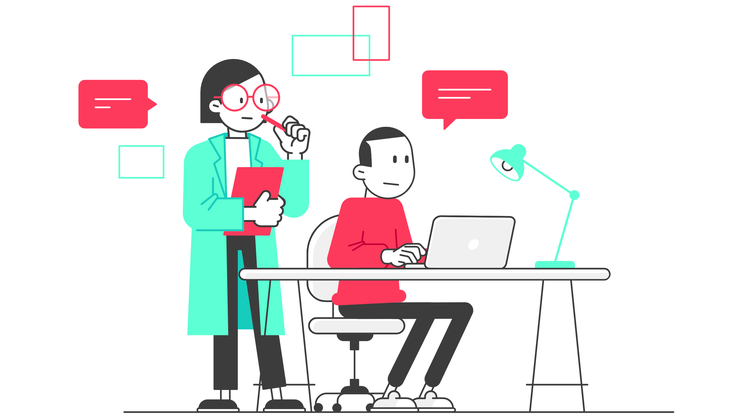The Importance Of UX In Modern Software Development
User experience has become the central driver of modern software development. Businesses no longer compete solely on features but on how seamlessly users can interact with their products. A well-designed interface not only attracts attention but also encourages trust. Software Company Near Me understands that intuitive design is now a key differentiator. With growing competition, prioritizing UX ensures long-term engagement and business growth.
Importance Of UX
User expectations
Modern users demand simplicity and speed from every digital product. They no longer tolerate confusing navigation or poorly designed layouts. Companies that fail to meet these expectations risk abandonment. Clear visual cues and smooth flows reduce frustration. As a result, thoughtful UX directly influences retention and loyalty.
Business value
Effective UX design offers measurable business benefits. Software with a clean and intuitive interface reduces training costs. Customers also complete tasks more quickly, which drives higher satisfaction levels. Better experiences lead to stronger referrals and positive reviews. Consequently, UX becomes a growth engine rather than just a design element.
Development process
Developers and designers must collaborate from the beginning to align goals. Prototyping and usability testing allow rapid validation of ideas. Iterative refinement ensures that solutions remain user-centric. Ultimately, embedding UX into the process streamlines delivery and reduces technical debt.

Usability testing
Testing real user interactions provides critical feedback that raw analytics cannot. Observing pain points reveals where design adjustments are needed. Frequent usability sessions also uncover unexpected behavior patterns. These insights allow teams to refine workflows with accuracy. Over time, continuous testing strengthens trust in the final product.

Accessibility matters
Inclusive design allows people with disabilities to use software without barriers. Features like screen reader support and clear contrast ratios expand reach. Accessibility also benefits aging populations and those in varying environments. Therefore, addressing accessibility broadens the user base and reinforces brand reputation.
Emotional connection
Great UX design extends beyond functionality into emotion. Interfaces that feel human foster stronger connections with users. Subtle animations and personalized feedback create delight. Emotional engagement increases brand loyalty and encourages daily use. Hence, emotional resonance transforms software from a tool into an experience.

Competitive advantage
In saturated markets, UX can determine whether an app thrives or disappears. Superior design encourages users to choose one product over another. Competitors may match features, but replicating thoughtful experiences is harder. Companies that focus on UX gain a sustainable edge. Consequently, they position themselves as leaders in innovation.
Continuous improvement
UX design is never complete because user needs evolve constantly. Regular feedback loops keep software relevant in changing markets. Analytics combined with direct surveys highlight areas for enhancement. Small improvements add up to meaningful changes in user perception. Therefore, continuous refinement ensures long-lasting success.
Workforce impact
AI development also changes the role of human analysts. Routine tasks are automated, freeing employees for creative and strategic work. Professionals focus on interpreting insights rather than generating raw reports. This shift creates more value from both human and machine contributions.
Conclusion
From usability testing to emotional design, every element contributes to meaningful interactions. Software Company Near Me emphasizes that investing in UX is investing in future growth. Ultimately, a product that delights users secures its place in a competitive digital world.
